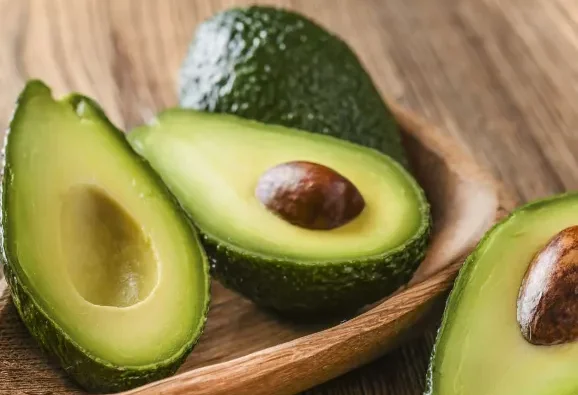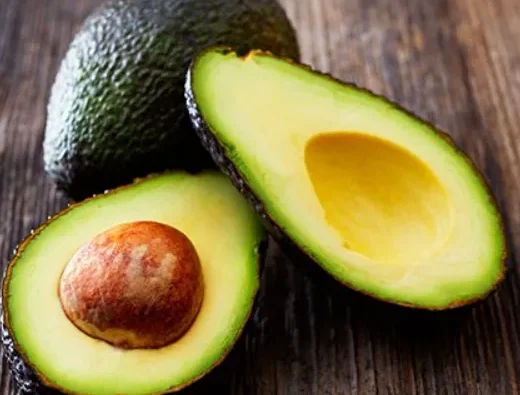
Lower back pain is a common issue that many of us face, whether it’s caused by poor posture, weak muscles, or improper lifting. It can be frustrating, but the good news is that you don’t have to let it limit your activities or well-being. There are several natural ways to prevent and relieve lower back pain. In this article, I’ll share effective methods to manage and reduce discomfort through exercises, stretches, diet, and natural remedies.
Common Causes of Lower Back Pain
Back pain can vary from a general discomfort to sharp, acute pain when performing specific movements. It may be caused by improper lifting, sitting for long periods, lack of physical activity, muscle stiffness, inflammation, or poor posture. For others, it may be linked to a pinched nerve, herniated disc, or an injury. If your pain is related to such conditions, it’s best to consult with a doctor or physical therapist before attempting any exercises.
Effective Core Exercises for Back Pain
The core plays a crucial role in supporting the lower back. It’s made up of several muscles, including the abdominals, obliques, glutes, hip flexors, and the erector spinae. These muscles help stabilize the spine, support good posture, and improve balance. Weak or tight core muscles can lead to back pain. Strengthening them will help reduce strain and prevent injury. Here are five exercises that target the core and can help relieve lower back pain:
1. Elbow Plank
The elbow plank is a fantastic exercise for building core strength and stability. Start by holding the position for 15–30 seconds and gradually increase your time. Ensure your body forms a straight line, engage your core, and keep your glutes and thighs tight. Avoid letting your hips drop or rise.
2. Side Plank
Similar to the elbow plank, the side plank targets your obliques and helps with balance and stability. Start with a 15–30 second hold on each side, gradually increasing your time. Keep your body in a straight line, with your elbow directly under your shoulder.
3. Quadruped (Bird Dog)
This exercise strengthens your back, abs, and glutes while improving coordination. Begin in a tabletop position with your knees under your hips and wrists under your shoulders. Slowly extend one arm and the opposite leg, hold for a few seconds, and return to the starting position. Aim for 10–20 reps on each side.
4. Dead Bug
The dead bug is a gentle yet effective exercise for improving core stability. Start by lying on your back with your arms extended toward the ceiling. Slowly lower one arm and the opposite leg toward the floor, keeping your lower back pressed into the ground. Alternate sides for 10 reps per side.
5. Hip Bridge
This exercise targets your glutes, hamstrings, and lower back. Lie on your back with your feet flat on the floor, hip-width apart. Press through your heels to lift your hips toward the ceiling, squeezing your glutes at the top. Hold for a moment, then slowly lower back down. Start with 10–20 reps.
The Importance of Movement and Stretching
While strengthening your core is crucial, daily movement is just as important for reducing lower back pain. Sitting for long periods can lead to tight muscles and poor posture, so make it a habit to move every hour. Take a short walk, stretch, or simply stand up and stretch your back. Regular exercise, such as swimming, walking, or yoga, helps keep your muscles limber, improve circulation, and reduce stiffness.
Anti-Inflammatory Foods for Lower Back Pain
Diet also plays a key role in managing lower back pain. Inflammation, caused by poor diet or stress, can exacerbate pain. Incorporating anti-inflammatory foods into your diet can help reduce inflammation and support healing. Here are some foods to focus on:
Foods to Avoid:
- Fried foods (e.g., French fries, chips)
- Processed meats (e.g., sausage, salami)
- Refined sugar and carbohydrates (e.g., soda, white bread)
- Excessive alcohol consumption
Anti-Inflammatory Foods to Include:
- Dark berries (e.g., blueberries, blackberries)
- Leafy greens (e.g., spinach, kale)
- Salmon, mackerel, sardines (rich in Omega-3s)
- Walnuts, flaxseeds, chia seeds
- Olive oil
Incorporating these foods into your daily meals can help reduce inflammation and support your body’s natural healing process.
Herbs for Pain Relief
In addition to diet, certain herbs have natural anti-inflammatory properties that can aid in relieving pain. Some of the most effective herbs include:
- Turmeric: Known for its potent anti-inflammatory properties, turmeric can be added to foods or taken as a supplement.
- Ginger: Ginger helps reduce muscle pain and inflammation.
- Cinnamon: It can be added to smoothies or teas and is known to fight inflammation.
- Garlic: A powerful herb that supports healing and reduces inflammation.
- Rosemary: Often used in cooking, rosemary can also be taken as a supplement.
Natural Topical Treatments for Pain
When you’re dealing with persistent back pain, topical treatments such as essential oils can provide fast relief. Unlike many over-the-counter pain creams, essential oils are natural and non-toxic. Some of the most effective essential oils for lower back pain include:
- Peppermint: Provides a cooling sensation that helps relax muscles.
- Wintergreen: Known as “nature’s aspirin,” it helps reduce swelling and inflammation.
- Deep Blue: A blend of oils that works to relieve pain and relax muscles.
- Frankincense: Improves circulation and reduces pain.
- Turmeric: Known for its anti-inflammatory properties.
To use essential oils, dilute them with a carrier oil like coconut or jojoba oil, and apply directly to the affected area.
Final Thoughts
Lower back pain doesn’t have to control your life. By strengthening your core, staying active, eating an anti-inflammatory diet, and using natural remedies, you can relieve and prevent back pain. Start with small changes, and over time, you’ll notice improvements in both your back health and overall well-being.












